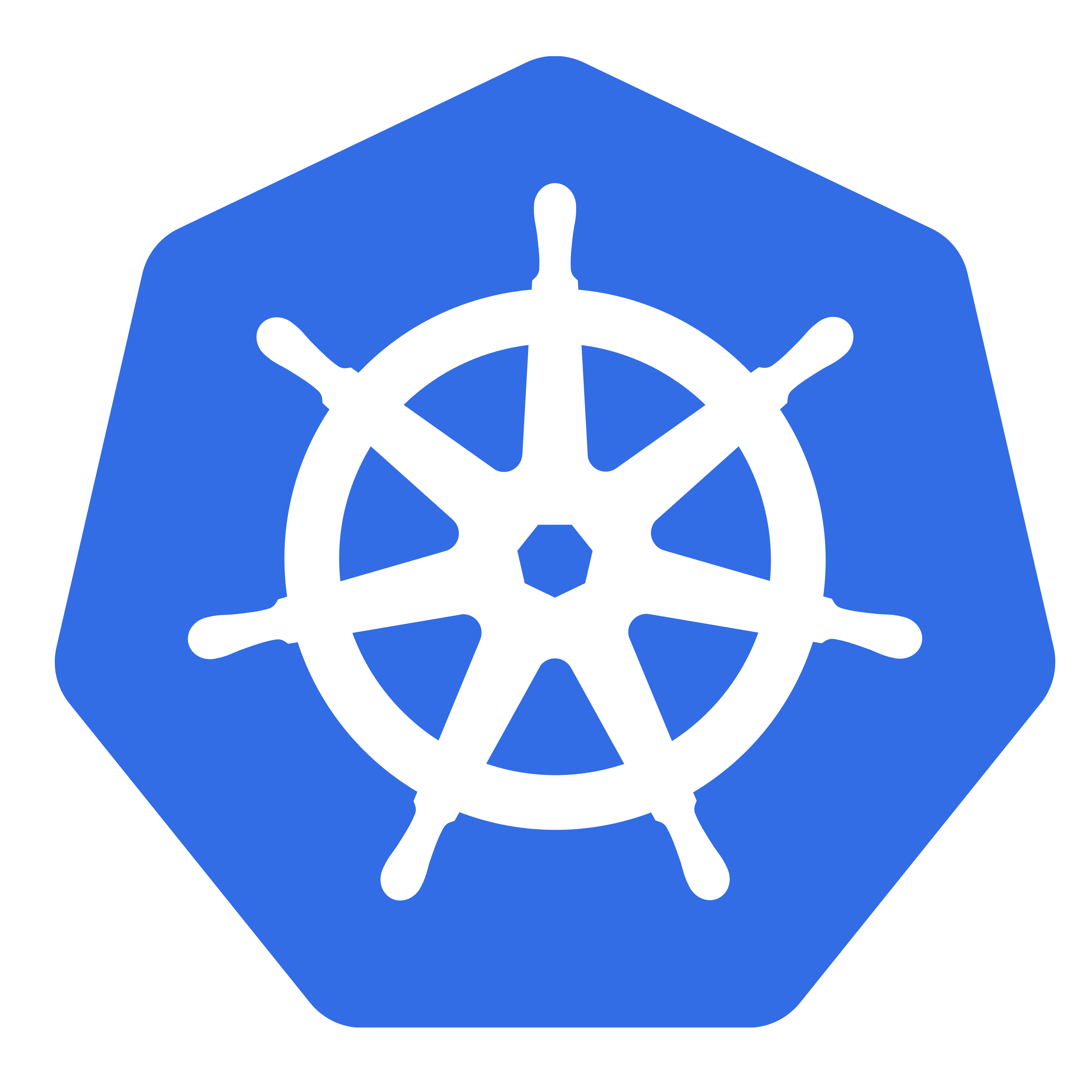

I enjoyed reading the Phoenix Project and learnt a lot from it. It is a classic for very good reasons.
There was another follow up book – The DevOps Handbook that went into more detail about solutions to the problems raised in the Phoenix Project. I got a lot from the DevOps handbook but I found it quite a heavy read.
Years later I found a smaller, but super practical book, that covered much of the same subject matter – Operations Anti-Patterns, Dev Ops Solutions. I recommend this Manning book after the Phoenix Project.
But then I haven’t read the Unicorn Project yet, so that is a book for the list.








At $work we write closed source Rust but we do not use Kellnr.
Instead we use a mono-repo, using a workspace, that contains most of our applications and libraries.
Our setup is mostly OK but needs some workarounds for problems we have hit:
cargo clean && cargo build, to speed this up we usesccache.I am generally happy with our setup, but I am a fan of mono-repos. If it ever becomes to difficult to keep compiles times reasonable, I think that we would definitely look at Kellnr.